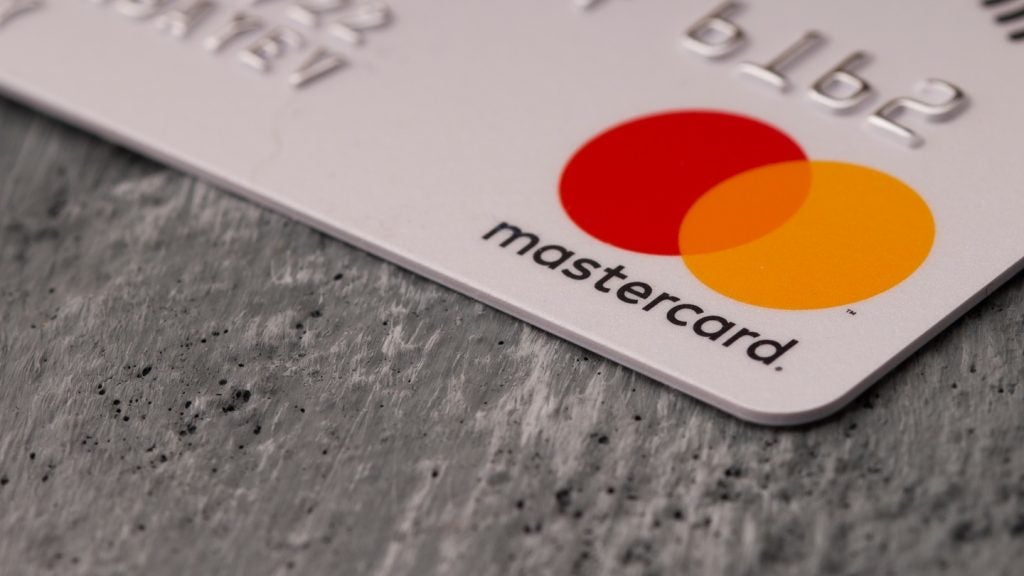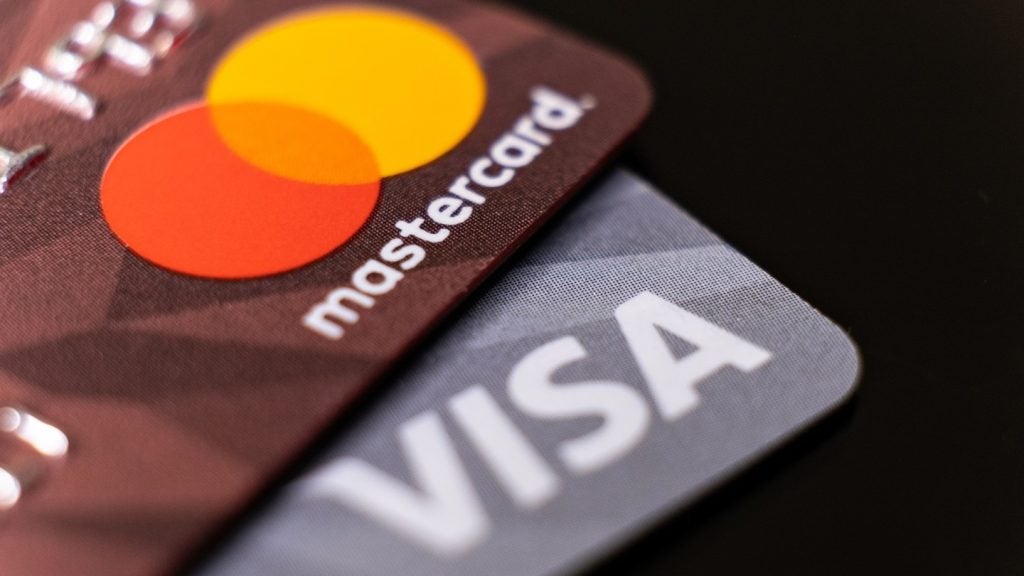
By Bernhard Lachenmeier, head of products and marketing, SIX Payment Services

Access deeper industry intelligence
Experience unmatched clarity with a single platform that combines unique data, AI, and human expertise.
In the beginning there was bartering. Then, over the years, various items became accepted forms of payment: livestock, shells in China, grain in Mesopotamia. It wasn’t until 1920 that we saw the first card payments with charge cards. In 1950 the Diners Club card was released. Made of cardboard, this card was used in New York City restaurants and attracted 20,000 users in its first year. Within 8 years American Express and Visa also started issuing cards – and here starts the cashless revolution. It was 1966 before Barclays issued the UK’s first credit card and by 2008 30.8 million people in the UK had a credit card.
In 1990 Tim Berners Lee created the first web server and thus began an intricate relationship between technology, payments and the consumer. In 1994 Jeff Bezos launched Amazon.com and e-commerce was born, spurring further consumer interest in cashless payments. Nowadays, more than ever, speed and convenience dominate payments – according to the UK Cards Association, UK consumers spent £3.3 billion more using plastic in December 2012 than in December 2011. And this wave of evolution continues to roll, with mobile and contactless payments promising to deliver even greater efficiency to consumers and businesses alike.
The point is this: payments evolve, driven by a combination of consumer demand and technological advancement. However, we are currently experiencing an imbalance of the two, The situation we have at the moment is one in which the technology exists – contactless, mobile and app payments are all technically possible – yet consumer uptake remains sluggish. Consider, for example, that the iPhone was introduced in the same year as contactless payments, back in 2007. While the iPhone dominates the telecoms market, contactless payments have struggled to make a big impact. At the start of this year, there were over 30 million contactless cards in the UK according to the UK Cards Association. However, figures from ICM Research show only a third of those with contactless cards have ever actually used them. Take the further example of the London 2012 Olympics. Heralded by Visa and Samsung as the ‘Contactless Olympics’, the technology failed to make an impact, with just 15% of those with contactless cards choosing to actually use them at the games.
That’s not to say there haven’t been success stories. The Transport for London bus network saw 700,000 contactless bus fares in the first three months of 2013. What’s more, the Oyster card system has been a great success. Introduced in July 2003, within less than 10 years over 43 million Oyster cards have been issued and more than 80% of all public transport journeys in London are now made using the card. This demonstrates a clear consumer capability to move to contactless, where the advantage is clear and the transition is smooth.

US Tariffs are shifting - will you react or anticipate?
Don’t let policy changes catch you off guard. Stay proactive with real-time data and expert analysis.
By GlobalDataCompared to contactless transactions, mobile payments show strong signs of consumer adoption. In the first 100 days after the launch of Barclays’ Pingit service, consumers sent almost £10 million in P2P payments. What’s more, the UK Payments Council is working with banks on the population of a mobile database, connecting bank accounts to mobile phone numbers. This will allow consumers and businesses to send mobile payments using just the recipients’ mobile number. Such levels of activity and dedication illustrate clear confidence in consumer appetite for digital payments.
It is true that mobile payment technology has been on the agenda for longer than contactless – as far back as 1997, Coca Cola set up a vending machine which took payments via text. Yet it is only relatively recently that this technology has come to the mainstream with mobile point-of-sale terminals and mobile wallets. Which begs the question: what factor defines which payment technology the consumer is willing to embrace?
PwC research suggests one possibility: bank support. In January 2013, PwC research highlighted that there is demand for innovative digital offerings "such as social media notifications, an electronic wallet for loyalty cards and financial tools provided by banks". This would certainly explain the notable success of Barclays’ Pingit over contactless technology, which is being rolled out in an ad hoc fashion by a mixture of card issuers and merchants. In addition, bank support has connotations of safety – an important factor given the barrier that security concerns present to the adoption of digital payments. For example, recent research from ICM Research revealed that more than half of consumers (51%) would use a mobile wallet if their worries about security were addressed.
The fact is that payment evolution is complex and success is now dependent on more than just consumer appetite – developments in technology, and the subsequent regulatory changes, greatly impact the pace of ubiquitous uptake. Evidence suggests, however, that banks hold the key to driving payment evolution. By educating consumers and appeasing concerns around security, banks can play an important role in delivering innovation in payments. The proliferation of smartphones and easy access to the internet has changed consumer behaviour for good. Consequently payment technology has caught up – it’s only a matter of time before consumer behaviour matches the tempo of change.







